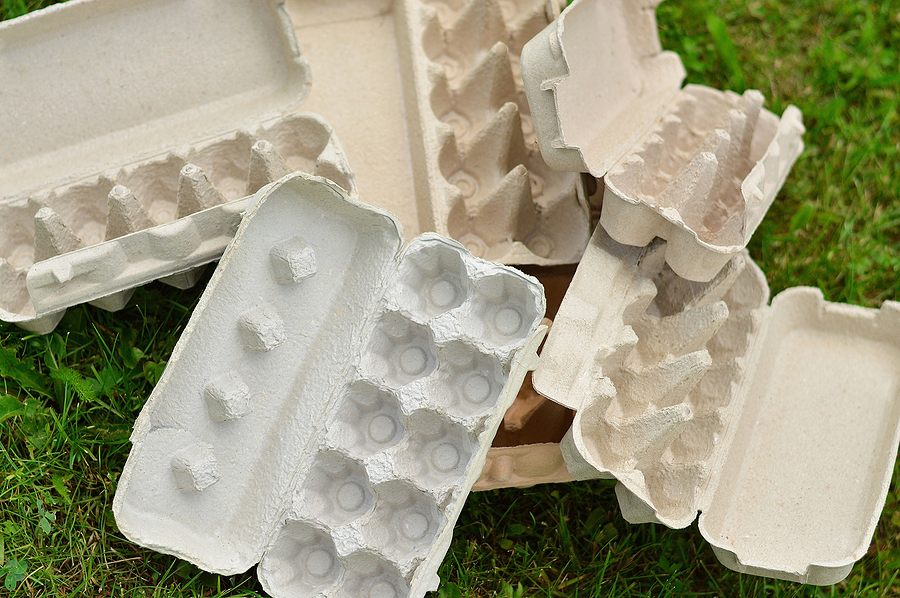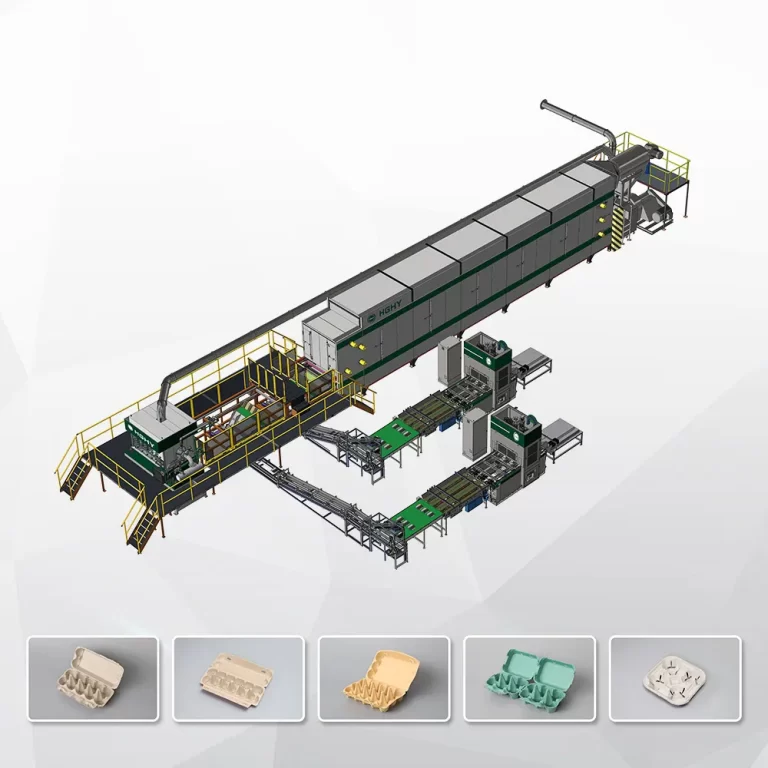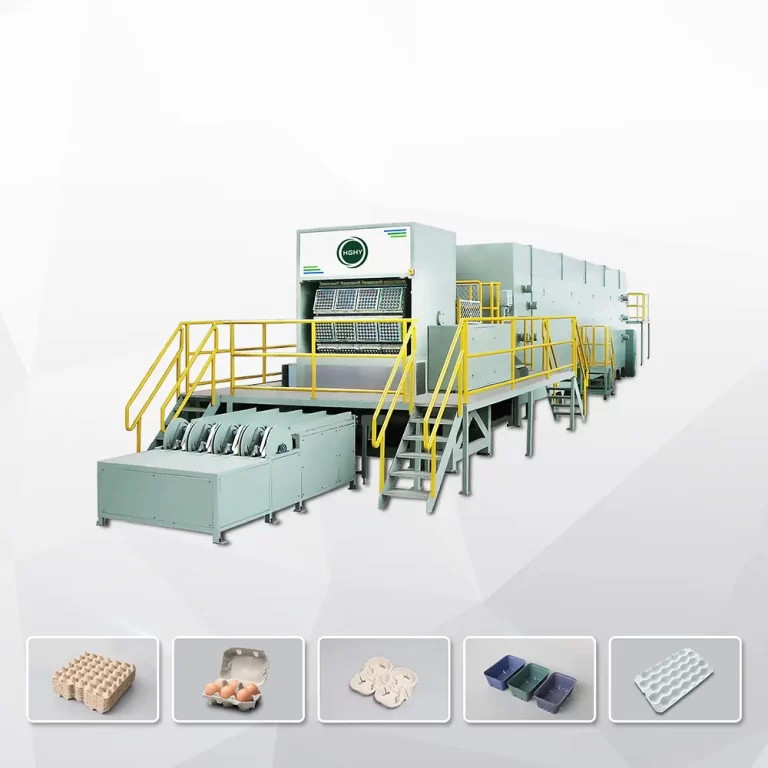When it comes to egg tray production, manufacturers are often faced with the decision between hot press molding and traditional molding techniques. Both technologies offer unique advantages, but understanding their differences is crucial in selecting the right method for your business. This article explores both technologies to help you determine which is more suitable for egg tray production.

What is Hot Press Molding?
Hot press molding is an advanced technology used in the production of molded pulp products, including egg trays. In this method, pulp is placed into a mold, and then heat and pressure are applied to solidify the product. The heat helps bond the fibers together, creating a stronger, more durable product. The hot press process usually involves a pressing phase that uses heat and high pressure to shape and dry the pulp, which significantly reduces the time required for production.
Advantages of Hot Press Molding:
Stronger Products: The application of heat and pressure results in a firmer, more robust final product, making it ideal for packaging sensitive items like eggs.
Faster Production: Hot press molding shortens production times by simultaneously drying and shaping the pulp, improving manufacturing efficiency.
Energy Efficiency: With the integration of drying into the molding process, hot press molding can be more energy-efficient than traditional methods.
Improved Surface Finish: The heat and pressure applied during molding result in a smoother, more polished surface, which can be more aesthetically appealing for certain packaging uses.
What is Traditional Molding?
Traditional molding, on the other hand, typically refers to the cold pressing method or processes that rely on ambient drying, where pulp is molded into the desired shape, and then air-dried over time. The pulp is usually pressed into molds without the aid of additional heat, which may result in a longer drying period.
Advantages of Traditional Molding:
Lower Initial Investment: Traditional molding machines tend to have a lower initial cost, making them a more affordable option for smaller operations.
Simpler Process: This method involves fewer components and is generally easier to operate, requiring less technical expertise.
Lower Energy Consumption: Without the need for heating elements or high-pressure systems, traditional molding processes may use less energy during production.
Key Differences:
| Feature | Hot Press Molding | Traditional Molding |
|---|---|---|
| Production Speed | Faster due to integrated drying and pressing | Slower, as it requires separate drying steps |
| Product Durability | Stronger, more durable products | Generally weaker, less durable |
| Energy Consumption | More energy-efficient due to integrated heat | Lower energy consumption, but less efficient |
| Cost | Higher initial investment, but long-term savings | Lower initial cost, higher operational costs |
| Surface Finish | Smoother, more polished finish | Rougher finish, may require additional finishing |
Which Technology is Best for Egg Tray Production?
When deciding between hot press molding and traditional molding for egg tray production, several factors should be considered:
Production Volume: If you need to produce egg trays in large quantities and within short timeframes, hot press molding is the better choice. Its fast production speed and energy efficiency make it ideal for high-demand businesses.
Product Durability: For egg trays that need to withstand rough handling and shipping, hot press molding offers superior strength and durability. This is essential for businesses where product protection is critical.
Budget Considerations: If you’re a small business or just starting out, traditional molding may be a more budget-friendly option. It has a lower initial investment and is easier to operate, though it may result in higher long-term operational costs.
Environmental Impact: Both methods utilize recyclable materials like paper pulp, but hot press molding tends to be more energy-efficient, which can contribute to a greener production process. If sustainability is a priority, this is an important consideration.
Conclusion
Both hot press molding and traditional molding have their merits, but hot press molding is generally the superior choice for egg tray production due to its faster production speed, higher product durability, and energy efficiency. However, if your operation is smaller, or if cost is a more significant factor in the short term, traditional molding might be a better fit. The decision ultimately depends on your business’s size, budget, and specific production needs.
Choosing the right technology is key to optimizing your egg tray production process and meeting the demands of your customers.



